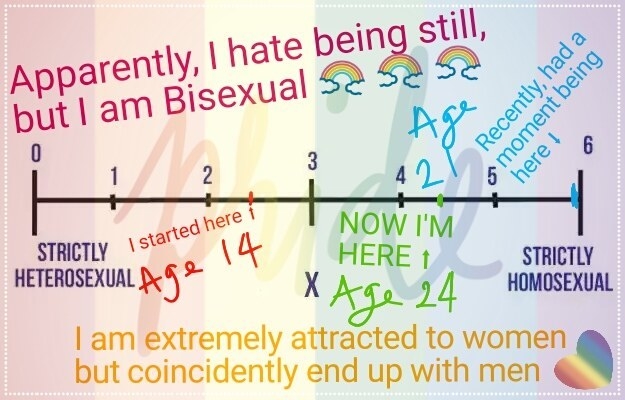

Adolescent/adult copulatory behavior in nonhuman primates. The frequency of positive reactions, their responsiveness to context, the similarity in reaction patterns with minor-peer sex, and the generalizability of the sample were argued to contradict the trauma view often applied to minor-older sex, holding it to be intrinsically aversive irrespective of context.Īnderson, C. Most of these factors remained significant in multivariate analysis. In minor-older sex, partner age difference mattered for girls but not boys, and the minor’s initiating the sex (14% for girls, 46% for boys) produced equally high rates of positive reactions. Boys reacted positively more often with female than male partners. lesser forms of sexual intimacy, with more frequent sex, and when not coerced. strangers or relatives, with intercourse vs. In both minor-older and minor-peer sex, rates of positive reactions were higher for boys vs. Girls reacted positively to minor-older sex less often (36%, n = 1047) and to girl-peer sex half the time (48%, n = 1931). For reactions in retrospect, boys frequently reacted positively to minor-older sex (68%, n = 280 cases), on par with positive reactions to boy-peer sex (67%, n = 1510). It analyzed the full range of reactions in the same sample, focusing on positive reactions. The present study argued that focusing exclusively on negative reactions short-changed a fuller scientific understanding. They then accounted for these reactions in multivariate analysis based on contextual factors. (2019) used a large-scale nationally representative Finnish sample of sixth and ninth graders to estimate the population prevalence of negative subjective reactions to sexual experiences between minors under age 18 and persons at least 5 years older and between minors and peer-aged partners for comparison.


 0 kommentar(er)
0 kommentar(er)
